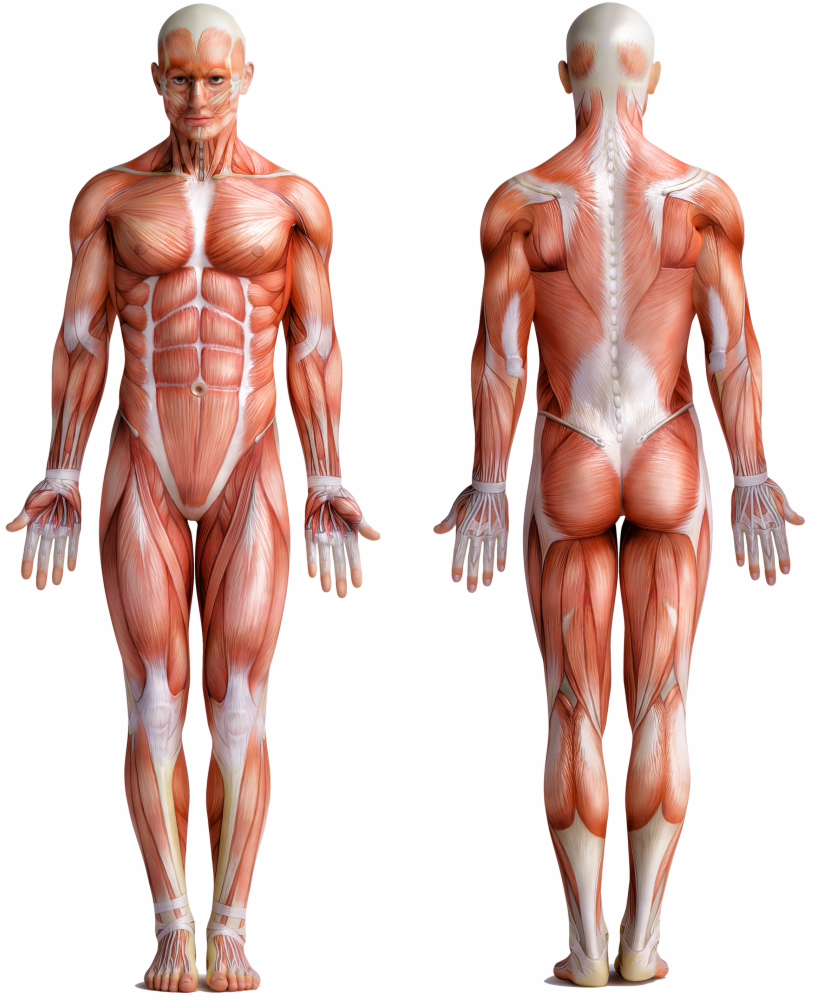-

-
About Us
- Our Vision
-
Personalized Care
Personalized Care Personalized Care Intro
Diagnostic Tests
- Digital X-Ray
- DynaROM
- 3D Body Scanning
- Gastrointentinal Health
- Organic Acids
- Comprehensive Stool Analysis
- Food Sensitivity
- Dietary Antigen Complete
- Endocrinology
- Thyroid Panel
- DUTCH Hormone Test
- Neurotransmitter Profile
- Adrenal Profile
- Nutritional Status
- Vitamin D
- Homocysteine
- Methylmalonic Acid
- Urine Iodine
- Organic Acids
- Copper Zinc Profile
- Essential Fatty Acid Profile
- RBC Metals & Minerals
- Toxic & Essential Elements
- RBC Elements
- Urine Toxic Metals
- Hair Metals & Minerals
- Urine Halides
Treatments
- Avacen Therapy
- Bioidentical Hormone Replacement Therapy (Anti-Aging)
- Chiropractic Care
- Electric Muscle & Nerve Stimulation
- Emsculpt Neo
- Emsella Treatment
- Erchonia Laser (Model EVRL)
- Exosomes
- Hair Restoration
- Headache & Migraine Treatment
- Hyaluronic Acid Injection
- Intersegmental Traction
- IV Nutrient Therapy
- Laser Lipo
- Massage Traction Chair
- PRP Facials
- PRP for Erectile Dysfunction
- PRP for Female Sexual Dysfunction
- PRP for Pain Relief
- PRP for Urinary Incontinence
- Semaglutide
- Shockwave Therapy for Cellulite & Skin Tightening
- Shockwave Therapy for Pain Relief
- Shockwave Therapy for Female Sexual Dysfunction
- Shockwave Therapy for Male Sexual Dysfunction
- Skin Rejuvenation
- Spinal Decompression
- TENS Unit
- Testosterone Replacement Therapy (TRT)
- Therapeutic Ultrasound
- Thyroid Care
- Trigger Point Therapy
- Durable Medical Equipment
- Ankle-foot Orthosis
- Cervical Rehab Coller
- Custom Foot Orthotics
- Lumbosacral Orthosis
- Osteoarthritis Knee Brace
- Wrist Brace
- FAQs
- Testimonials
- Pain Relief
- Weight Loss
-
Sexual Wellness
-
Anti-Aging
-
Resources
- Blog
- Video Library
- Store
-
Health Condition Library
Health Condition Library
- Ankle Osteoarthritis
- Bulging Spinal Disc
- Carpal Tunnel
- Cervical Degenerative Disc Disease
- Cervical Radiculopathy
- Elbow Bursitis
- Erectile Dysfunction
- Fatigue
- Female Hormone Imbalance
- Female Sexual Dysfunction
- Fibromyalgia
- Foot Arthritis
- Frozen Shoulder
- Golfer’s Elbow
- Hand Arthritis
- Headache
- Hip Bursitis
- Hip Osteoarthritis
- Hyperthyroidism
- Hypothyroidism
- Knee Bursitis
- Knee Osteoarthritis
- Low Testosterone
- Lumbar Degenerative Disc Disease
- Migraines
- Musculoskeletal Pain
- Obesity
- Osteoarthritis
- Plantar Fasciitis
- Plantar Fibroma
- Rotator Cuff Injury
- Sciatica Pain
- Shoulder Bursitis
- Shoulder Osteoarthritis
- Tennis Elbow
- Thoracic Degenerative Disc Disease
- Urinary Incontinence
- Weight Gain
- Wrist Arthritis
- Wrist Bursitis
- Contact
Navigating the Midway:
Understanding Mid-Back Pain from a Medical Perspective

Introduction:
Mid-back pain, a frequently reported symptom with diverse origins, poses a unique challenge within the realm of musculoskeletal health. In this comprehensive exploration, we delve into the intricacies of mid-back pain, unveiling alternate names, potential causes, diverse symptoms, and the evolving landscape of treatment options.
What is Mid-Back Pain?
Mid-back pain refers to discomfort or pain localized in the thoracic region, situated between the upper and lower parts of the spine. It can result from various structures, including muscles, ligaments, joints, or underlying organs. A nuanced understanding of mid-back pain from a medical perspective is essential for accurate diagnosis and effective management.
Alternate Names
- Thoracic Pain
- Dorsal Pain
- Upper Back Discomfort
Symptoms:
Mid-back pain manifests with a spectrum of symptoms, reflecting the underlying cause and the structures involved:
- Dull or Aching Pain: Persistent discomfort characterized by a dull, aching, or throbbing sensation in the mid-back.
- Sharp or Stabbing Pain: Intermittent or sudden-onset pain that may be sharp or stabbing in nature.
- Limited Range of Motion: Reduced flexibility and range of motion in the mid-back, often noticeable during movements like twisting or bending.
- Muscle Spasms: Involuntary contractions of mid-back muscles, contributing to pain and stiffness.
- Radiating Pain: Pain that may radiate from the mid-back to the chest, abdomen, or arms, depending on the underlying cause.
- Numbness or Tingling: Sensations of numbness or tingling, indicative of nerve involvement.
Causes:
Mid-back pain can arise from a multitude of factors, ranging from musculoskeletal issues to internal organ dysfunction:
- Muscle Strain: Overexertion, poor posture, or sudden movements can lead to strain in the muscles of the mid-back.
- Spinal Conditions: Herniated discs, degenerative disc disease, or compression fractures can contribute to mid-back pain.
- Joint Dysfunction: Arthritis or facet joint dysfunction in the thoracic spine may cause localized pain.
- Poor Posture: Prolonged periods of poor posture, such as slouching or sitting hunched over, can strain mid-back muscles.
- Nerve Irritation: Conditions like intercostal neuralgia or shingles can irritate nerves in the mid-back, causing pain.
- Organ Dysfunction: Problems with organs in the chest, such as the heart, lungs, or digestive organs, may refer pain to the mid-back.
Treatments:
Managing mid-back pain involves a comprehensive approach tailored to the underlying cause:
- Pain Medications: Nonsteroidal anti-inflammatory drugs (NSAIDs), muscle relaxants, or pain relievers may be prescribed for symptom relief.
- Physical Therapy: Targeted exercises and therapeutic interventions to improve mid-back strength, flexibility, and posture.
- Heat or Cold Therapy: Applying a heat pack or cold pack to the affected area to alleviate pain and reduce inflammation.
- Epidural Injections: Injections of corticosteroids into the epidural space may be considered for nerve-related mid-back pain.
- Lifestyle Modifications: Ergonomic adjustments, posture correction, and regular breaks during prolonged sitting to prevent exacerbation of symptoms.
- Surgical Intervention: In severe cases, surgical options such as discectomy, fusion, or decompression may be considered for certain spinal conditions.
- Treatment of Underlying Conditions: Addressing any underlying medical conditions, such as cardiovascular or gastrointestinal issues, contributing to mid-back pain.
Conclusion:
Mid-back pain, with its diverse causes and impact on daily functionality, requires a nuanced understanding for effective management. As medical research continues to advance, healthcare professionals can navigate the complexities of mid-back pain, offering patients tailored treatment plans that optimize their quality of life and facilitate a swift recovery from this common yet intricate symptom.









